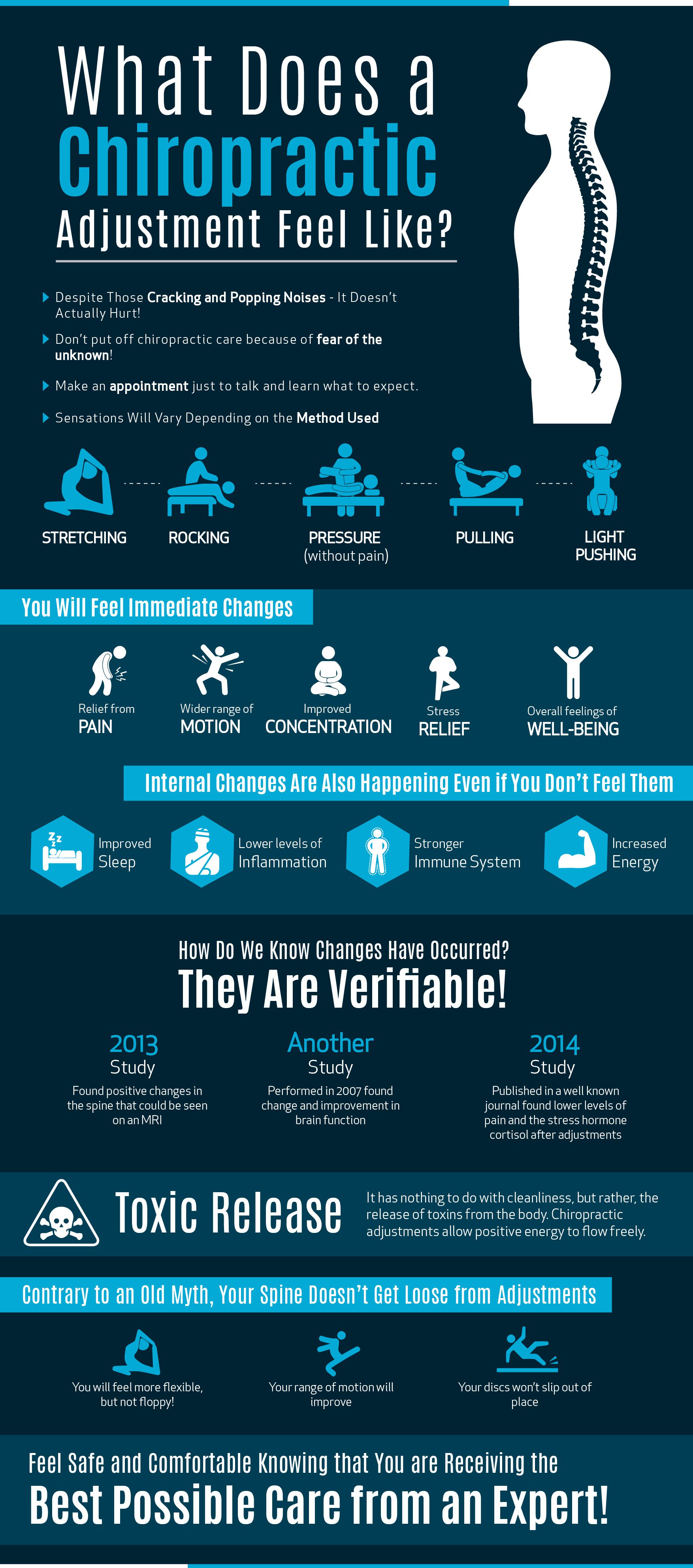The Link In Between Posture And Pain In The Back: Ways To Make Certain Correct Placement All Day Long
The Link In Between Posture And Pain In The Back: Ways To Make Certain Correct Placement All Day Long
Blog Article
Created By- Learn More Here
Preserving appropriate posture isn't practically sitting up straight; it's about aligning your body in a way that supports your spinal column and minimizes the threat of back pain. The way you rest, stand, and relocate throughout the day can significantly impact your spinal wellness. But just how precisely can you ensure great alignment consistently, also during active days full of numerous activities? Let's dig deeper right into the refined yet impactful adjustments you can make to your daily routine to maintain your back delighted and healthy and balanced.
Relevance of Correct Pose
Correct position is critical in maintaining a healthy and balanced back and avoiding pain. When tui na massage sit or stand with good position, your spinal column is in alignment, lowering strain on your muscular tissues, tendons, and joints. This alignment allows the body to distribute weight evenly, avoiding excessive stress and anxiety on specific areas that can cause pain and pain. By maintaining your spinal column appropriately aligned, you can likewise boost your breathing and food digestion, as slouching can compress body organs and restrict their functionality.
In addition, preserving great stance can enhance your general look and confidence. When you stand tall with your shoulders back and head held high, you exhibit confidence and appear even more approachable. Great posture can also make you really feel a lot more stimulated and alert, as it promotes correct blood circulation and permits your muscular tissues to work successfully.
Integrating correct pose right into your daily regimen, whether resting at a workdesk, walking, or working out, is important for protecting against pain in the back and promoting total wellness. Remember, a little adjustment in how you hold on your own can make a substantial difference in exactly how you really feel and work throughout the day.
Common Postural Mistakes
When it concerns preserving good stance, lots of people unknowingly make common errors that can contribute to back pain and pain. One of the most prevalent mistakes is slumping over or stooping over while sitting or standing. This placement places extreme strain on the spine and can cause muscle discrepancies and pain in the long run.
An additional common blunder is overarching the reduced back, which can flatten the all-natural contour of the spinal column and cause discomfort. Furthermore, going across legs while resting may really feel comfy, however it can produce an inequality in the hips and hips, bring about postural problems.
Using a pillow that's also soft or also strong while sleeping can additionally impact your positioning and contribute to pain in the back. Last but not least, continuously craning your neck to consider displays or readjusting your setting frequently can stress the neck and shoulders. Bearing in mind these usual postural errors can help you preserve much better alignment and minimize the risk of neck and back pain.
Tips for Correcting Alignment
To enhance your positioning and reduce neck and back pain, it's necessary to focus on making small modifications throughout your daily routine. Begin by bearing in mind your position. When sitting, ensure https://www.chiroeco.com/pain-management-chiropractic/ are flat on the floor, your back is straight, and your shoulders are relaxed. Avoid slouching or leaning to one side. Usage ergonomic chairs or paddings to support your reduced back.
When standing, disperse your weight uniformly on both feet, maintain your knees slightly bent, and tuck in your pelvis. Engage your core muscle mass to sustain your spine. Take breaks to stretch and walk if you have an inactive task. Include exercises that reinforce your core and back muscles, such as planks or bridges.
While sleeping, use a pillow that sustains the all-natural curve of your neck to maintain correct back positioning. Avoid sleeping on your stomach, as it can strain your neck and back. By bearing in mind these suggestions and making small modifications, you can gradually remedy your placement and relieve back pain.
Verdict
Bear in mind, maintaining good position is crucial to stop back pain and promoting spine health and wellness. By being mindful of your positioning, distributing weight equally, and involving your core muscle mass, you can minimize strain on your back and reduce the risk of pain and injury. Integrate ergonomic support, take normal breaks to stretch, and strengthen your core and back muscles to preserve appropriate alignment throughout the day. Your back will thanks for it!
